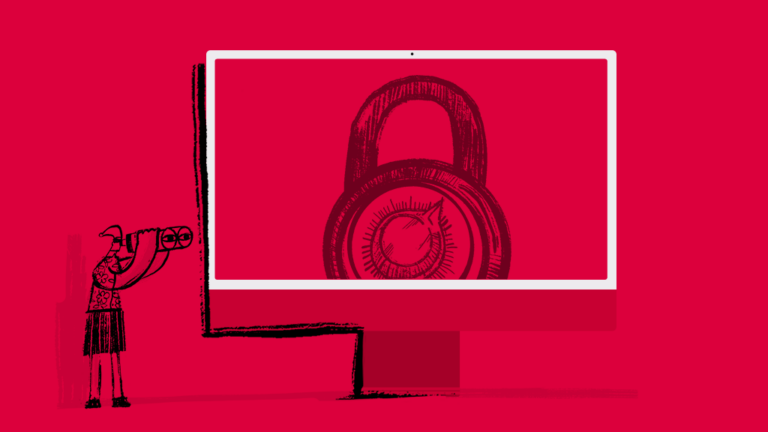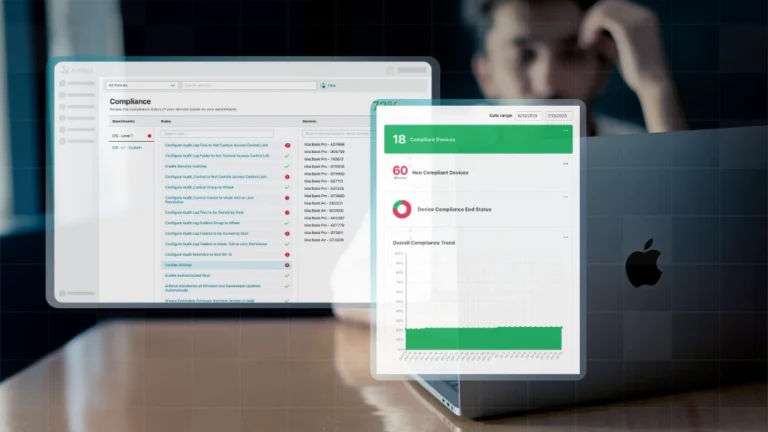9 Reasons to Switch from JAMF
Switching from Jamf to another MDM can be driven by various factors. While Jamf is a robust platform with many advantages, there are scenarios where organizations might consider switching to a different MDM solution. Here are some reasons why someone might want to switch from Jamf:
- Cost Considerations: The licensing costs associated with Jamf can be relatively high, especially for organizations with a large number of Apple devices. Some organizations may seek a more cost-effective MDM solution that aligns better with their budgetary constraints.
- Support and Customer Service: Issues related to customer support or a lack of timely updates and support escalation can lead to frustration. Organizations may seek an MDM solution with more responsive support and better vendor communication.
- Complexity: Jamf’s feature-rich environment can be complex to set up and manage, particularly for smaller organizations with limited IT resources. Switching to a more user-friendly MDM solution might reduce the administrative burden and streamline operations.
- Feature Improvements and Iteration: Organizations with specific device management needs or unique use cases may find that Jamf is slow to incorporate customer feedback for improvements and iterating change. Switching to an MDM solution that better caters to their unique requirements is a viable option.
- Integration Challenges: If an organization’s IT infrastructure relies heavily on non-Apple technologies or applications that don’t integrate well with Jamf, it can hinder workflow efficiency. Switching to an MDM solution with better integration capabilities can alleviate these issues.
- Scalability Cost Concerns: Due to Jamf’s legacy framework, deprecated Apple APIs, and tech debt, their servers have issues with high-capacity Apple devices. If your MDM struggles to efficiently manage your devices, it may be time to consider an MDM solution that can handle the increased workload.
- Security Requirements: While Jamf offers robust security features, organizations with highly sensitive data or stringent security, including compliance needs may opt for an MDM solution that provides additional layers of security or specialized security features. While Jamf does have many of these capabilities, there’s often quite a bit of leg work involved to implement them.
- User Feedback: Listening to feedback from end-users, IT administrators, and stakeholders is essential. If users express dissatisfaction with Jamf’s usability, functionality, or performance, it may prompt the organization to explore alternative MDM options.
- Regulatory Compliance: Changes in regulatory requirements or industry-specific compliance standards may necessitate switching to an MDM solution that offers better compliance features and reporting. While both Addigy and Jamf do conditional access with Microsoft, Jamf utilizes scripts that need to be created by hand or pulled from the community. On the other hand, Addigy’s implementation is easy to use, and incorporates out-of-the-box benchmarks and rules.
Addigy Compliance and Conditional Access Detailed Demo Video
Before making the switch from Jamf, organizations should conduct a thorough evaluation of their specific needs, perform a cost-benefit analysis, and carefully plan the migration process. Switching MDM solutions can be a significant undertaking, but if done strategically, it can lead to improved device management and better alignment with organizational goals and requirements.
Addigy ships out changes quickly, fixing bugs and providing new iterations on our product. We take our customers’ suggestions and inform the product accordingly on a regular basis. Not only that, but Addigy’s conditional access and compliance is top-tier.
If you’re ready to see what Addigy can do for you that Jamf can’t, reach out to sales or check out a demo today.







